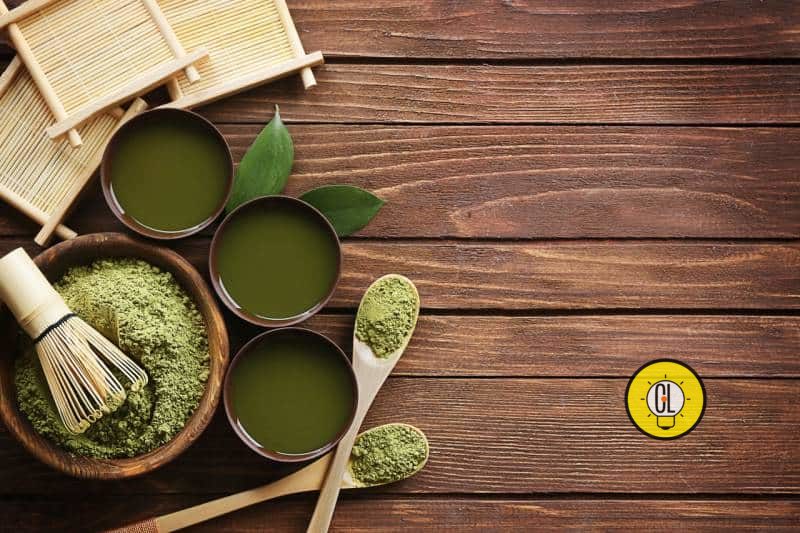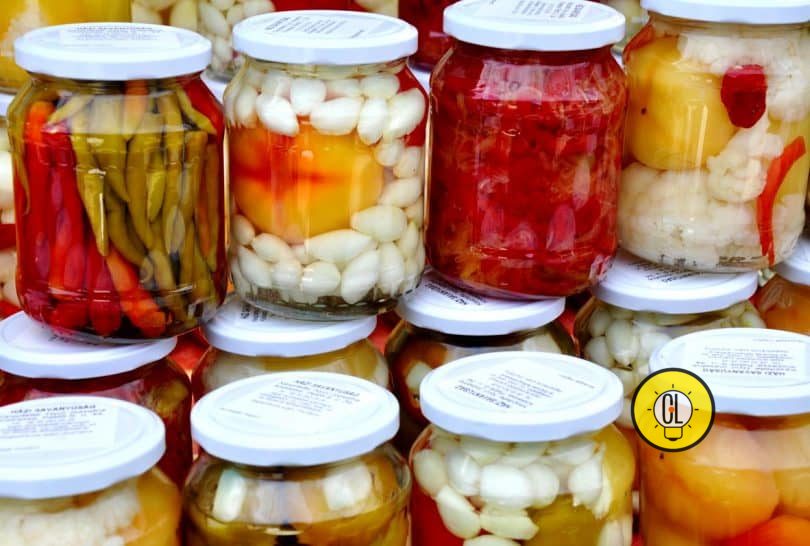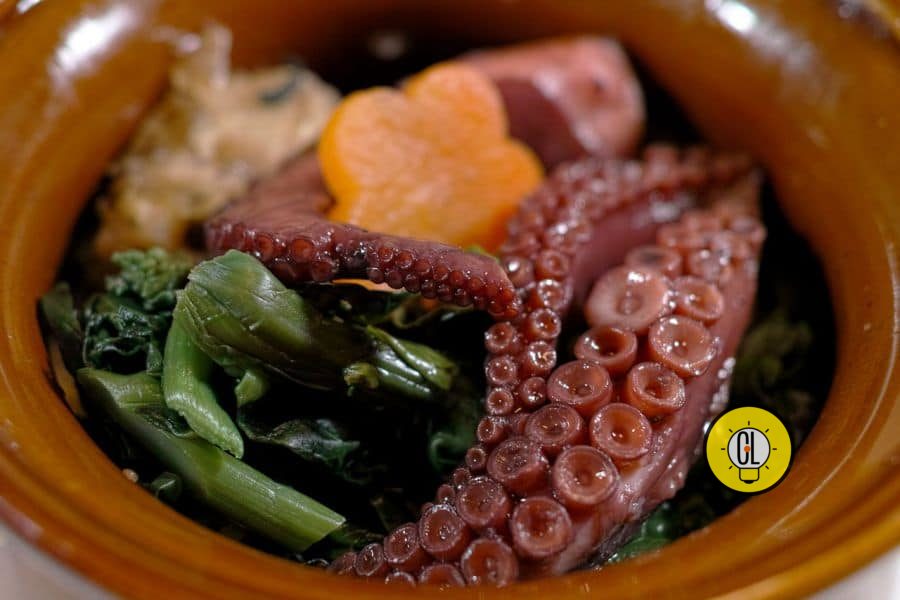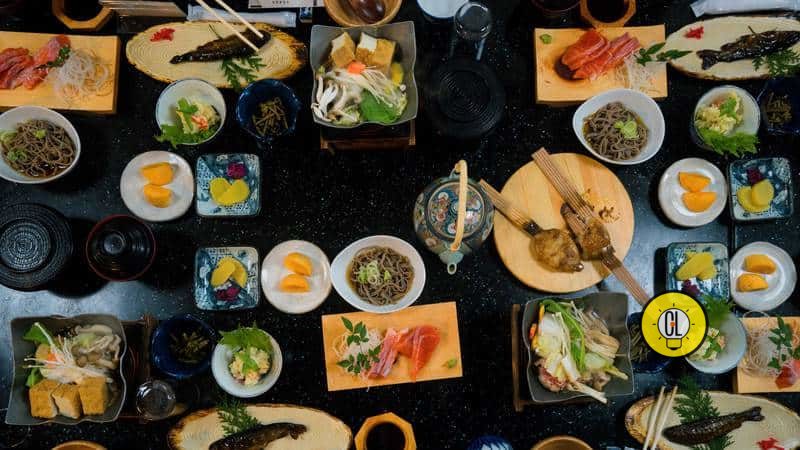Japan is a healthy country_in fact one of the healthiest on the planet. With a life expectancy of 84.74, the country is second only to Monaco.
A question mark might be blinking in your mind! If Monaco has the highest life expectancy, why should we be talking about the Japanese in the first place? Alright! that’s a fair question and the answer is equally simple. Monaco actually is just a small city with a population of around 39000. There are many cities, districts, and provinces in other countries as well where life expectancy is way higher than the rest of the country. So, a country of 39000 people backed by a strong healthcare system doesn’t qualify to be the subject of a research on longevity.
That being said,.. do you wonder on which seat does the U.S sit? Well, on the 3rd..ohh! sorry! on the 43rd seat of life expectancies_behind 42 Eastern and Western countries.
Today, we will dive into the lives of women in this Island country. Women-because they are doing even better. Japanese women not only live longer, they actually look much younger than their age. If you ever visit Japan, you will feel like all the women in the country die at age 31 because most of them look like they are in their twenties. I was in Japan for 4 years. There were many instances of mistaken age identity. I dated a 26 y/o and she turned out to be 40. When my friends invited me home, I would hardly identify the camouflaged mother among her daughters_her masterful mimicry would be spectacular.
[the_ad id=”4002″]
So, what do women in Japan do that keeps them so much younger, slim and healthy? Let’s be clear about the fact that they don’t use a magic pill to bring aging to a standstill! It’s all about their lifestyle and above all, the food they eat and the way they eat. At the end of the day, it’s all about the gut baby!
Below is the list of reasons behind the lives of these frozen-in-time women of Japan.
Japanese drink matcha tea many times a day. Matcha is the highest quality of green tea leaves ground to powder. If you have ever ordered matcha online, you might have come across one type of matcha called ceremonial matcha. That tea has got its name from the fact that the Japanese literally have a tea drinking and processing ceremony.
Drinking Matcha is a Must

Health benefits:
- A great weight loss supplement.
- One cup of matcha tea is the nutritional equivalent of ten cups of regularly brewed tea.
- Matcha is the powerhouse of antioxidants. Every single sip injects a powerful dose of antioxidants into the body.
- A test conducted by Brunswick labs showed that matcha has 3 times more antioxidants than the next 6 antioxidant-rich fruits/vegetables combined.
- Matcha is also a rich source of fiber, a variety of vitamins.
- All these constituents combined make matcha a healthy nutrition that improves metabolism, aids in weight loss and lowers cholesterol levels.
Fermented Foods are Included in Every Meal

While almost all Japanese meals contain a portion of fermented foods, they have whole separate fermented dishes like kefir, kombucha, sauerkraut, miso, tempeh, and kimchi.
Health benefits:
- Fermented foods have probiotic bacteria that are essential for your gut health.
- Consuming fermented food ensures a healthy fauna in the digestive system.
- A healthy gut directly regulates weight loss, faster metabolism, strong immune and digestive systems, and even everyday mood and mental health.
- fermented foods also contain beneficial enzymes, B vitamins, and omega-3 fatty acids.
The popularity of Sea Food

Japanese love seafood like we love red meat. Ours kills us early, theirs give them longevity. If you are a fan of seafood, Japan is your heaven. Anything found in the sea is edible in Japan.
Fry, boil, grill or eat it raw like sushi- all is fair with seafood. Common meals in the country include rice or noodles followed by seafood.
Health benefits:
- Seafood is low in fat-less than 2% and rich in proteins and minerals.
- Seafood has the lowest cholesterol among all animals. Consuming such foods saves you from a whole range of diseases.
- Omega-3 fatty acids are essential for better heart, liver and brain functionality. They also promote healthy, smooth and fair skin.
Eating Smaller Portions

That’s a part of the nation’s culture. Japanese always serve food in small portions. Eating small portions make you feel full earlier. Their plates are smaller in size so that the portions look bigger. This prevents any unintentional overeating.
Health benefits:
- Eating smaller portions lets your digestive system breakdown the food properly.
- Smaller portions many times a day prevent you from getting so much hungry that you overeat on a meal.
- Eating smaller portions means decreased calorie intake. This is important to keep a balanced bodyweight.
- This has a real age effect aswell. According to Dr. Mehmet Oz, eating smaller portions will make an average American 3.1 years younger because it helps reduce arterial and immune aging.
Eating on The Go is a Big No-No!

In Japan eating while you are walking, driving or on the road is considered impolite though acceptable. Japanese consider eating times as sacred. There are no lunches on foot.
Eating for them is a time of energizing the body, calming down and getting together. Decoration of food, cleanliness, the atmosphere around, all is essential part of a Japanese meal.
Why it’s a big no-no?
- Eating on the go means your brain is not properly registering that you have eaten. This usually results in getting hungrier again later.
- You will grab anything without caring much for what you are eating.
- Eating while you are distracted means you will eat faster, not allowing your brain to signal that you ate enough, resulting in overheating.

No freaking way thats how old they are
It’s useless to scold Americans for not walking more. The U.S. is automobile friendly, pedestrian hostile. I worked in a ritzy, newly built office park in suburban Atlanta where at lunchtime we had to drive to restaurants only blocks away. Walking there would have been death defying — no sidewalks, no cross walks, no posted speed limits. I’m pretty sure the developer would have been outraged if required to include any accommodation for human beings on foot instead of behind a steering wheel.
I personally consider a good deal of walking every day as mandatory. Walking is also the best exercise out there.